Versatile Kitchen Countertop Materials for Every Theme and Style
Exploring various kitchen countertop materials and styles reveals a range of options catering to div…….
Kitchen Countertop Materials and Styles: A Comprehensive Guide
Introduction
The heart of every home, the kitchen, is a space that has evolved significantly over the years, with its countertops serving as both a functional surface and a stylistic statement. This article delves into the world of kitchen-countertop materials and styles, exploring their significance, the global impact they have, and the trends that are shaping their future. We will also examine economic considerations, technological advancements, policy and regulation, challenges, and provide case studies to illustrate best practices. By the end of this exploration, readers will be well-equipped with knowledge to make informed decisions about their kitchen countertops.
Understanding Kitchen Countertop Materials and Styles
Kitchen countertops encompass a variety of materials and styles, each offering different advantages and aesthetics. From natural stone like granite and marble to engineered surfaces like quartz and solid surface materials, the choices are vast. The history of kitchen countertops is a testament to human innovation and changing design preferences. Over the decades, materials have evolved from wood to tile, metal, and finally to the diverse options available today. These countertops are not just functional; they are integral to the overall design and feel of a kitchen, impacting everything from resale value to daily user experience.
Global Impact and Trends
The global influence on kitchen-countertop materials and styles is evident as designers and homeowners draw inspiration from different corners of the world. Europe, North America, and Asia Pacific are leading markets, each with its unique trends influenced by local culture, climate, and availability of resources. For instance, in Japan, minimalist designs are prevalent, while in the United States, quartz has become a popular choice due to its durability and aesthetic appeal. The global market is also witnessing a trend towards sustainable materials that minimize environmental impact.
Economic Considerations
The economic landscape of kitchen-countertop materials and styles is multifaceted. Market dynamics are driven by consumer preferences, availability of raw materials, and technological advancements. Investment in high-quality countertops can add significant value to a property. The role of these materials and styles within economic systems is also seen in the job creation and industries they support, from mining and manufacturing to design and installation services.
Technological Advancements
Technology has revolutionized the kitchen-countertop industry with innovations like smart surfaces that can charge devices or emit antimicrobial properties. The integration of sustainable materials, such as recycled glass and paper composite, is another significant advancement. These developments not only enhance functionality but also offer environmentally friendly options. The future holds promise for even more sophisticated materials that are durable, easy to maintain, and visually appealing.
Policy and Regulation
Policies and regulations governing kitchen-countertop materials and styles are diverse, reflecting concerns for health, safety, and environmental sustainability. Building codes, material standards, and green certifications guide the industry, ensuring that countertops meet certain thresholds for durability, non-toxicity, and energy efficiency. These frameworks influence design choices and manufacturing processes, fostering innovation and responsible consumption.
Challenges and Criticisms
The kitchen-countertop industry faces challenges such as maintaining the balance between aesthetics and functionality, cost versus quality, and environmental impact. Critics often point out issues like the carbon footprint of certain materials or the use of unsustainable practices. Addressing these concerns requires a commitment to innovation, responsible sourcing, and ethical manufacturing. By embracing sustainable materials and energy-efficient production methods, the industry can overcome these challenges and set new standards for excellence.
Case Studies
Several case studies illustrate the successful application of kitchen-countertop materials and styles across different regions. A modern Scandinavian home might feature minimalist white quartz countertops that reflect natural light, while a traditional Italian kitchen could showcase handcrafted marble surfaces with intricate veining. These examples not only highlight the versatility of materials but also demonstrate how design choices can be tailored to suit local tastes and lifestyles.
Future Prospects
The future of kitchen-countertop materials and styles is poised for growth, with potential advancements in sustainable practices and smart technology integration. Emerging trends suggest a shift towards personalized and eco-friendly options, as well as an increased interest in vintage and repurposed materials. Strategic considerations for designers and manufacturers include adapting to changing consumer demands and staying abreast of technological innovations.
Conclusion
Kitchen-countertop materials and styles are more than just surfaces; they are a reflection of personal taste, design innovation, and functional necessity. The comprehensive insights provided in this article underscore their importance within the broader context of home design and construction. As we have explored the global impact, economic considerations, technological advancements, policy and regulation, challenges, and future prospects of these materials and styles, it is clear that they will continue to evolve and influence the way we live, work, and interact with our surroundings.
FAQs
What are the most popular kitchen-countertop materials?
The most popular materials include quartz, granite, marble, stainless steel, and solid surface materials like Corian.
How do I choose the right countertop material for my kitchen?
Consider factors such as budget, design preference, durability, maintenance requirements, and the unique characteristics of each material.
Are there any environmentally friendly options for kitchen counters?
Yes, there are several eco-friendly options like recycled glass, paper composite materials, and bamboo.
How much does it typically cost to install a new kitchen countertop?
The cost can vary widely depending on the material choice, size, and complexity of the installation, but it typically ranges from $1,000 to $5,000 or more.
What are some emerging trends in kitchen-countertop design?
Trends include personalized designs, sustainable materials, and the integration of smart technology features like built-in chargers or touchless faucets.
This article provides a comprehensive overview of kitchen-countertop materials and styles, offering valuable insights for homeowners, designers, and industry professionals alike. The future of this sector promises to be as innovative and diverse as the needs it serves.
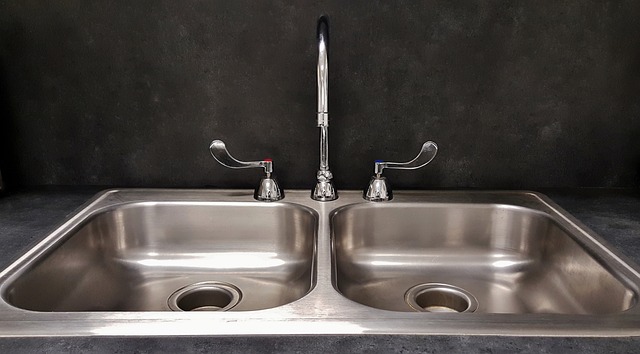
Exploring various kitchen countertop materials and styles reveals a range of options catering to div…….
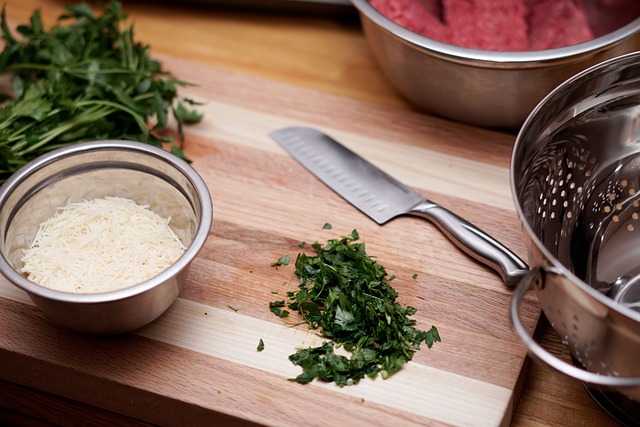
Choosing the right kitchen countertop material is crucial for enhancing both functionality and aesth…….

A vast array of kitchen countertop options cater to diverse tastes and budgets, balancing durability…….

Renovating your kitchen? Selecting the right countertop combines aesthetics and functionality. Optio…….

Renovating your kitchen involves selecting the perfect blend of durability and aesthetics among dive…….

In modern home design, the kitchen countertop is a key fusion of style and practicality. Popular cho…….
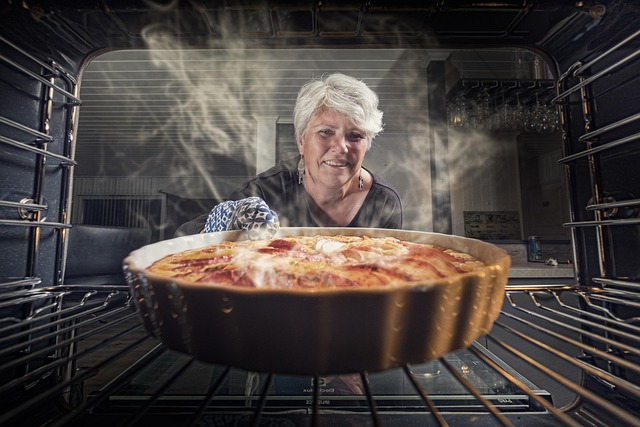
Transforming your kitchen involves selecting a countertop material that balances durability and aest…….
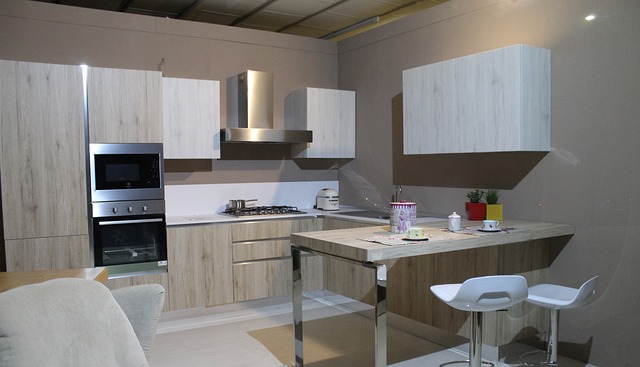
Transforming your kitchen involves selecting the perfect countertop material that balances style and…….
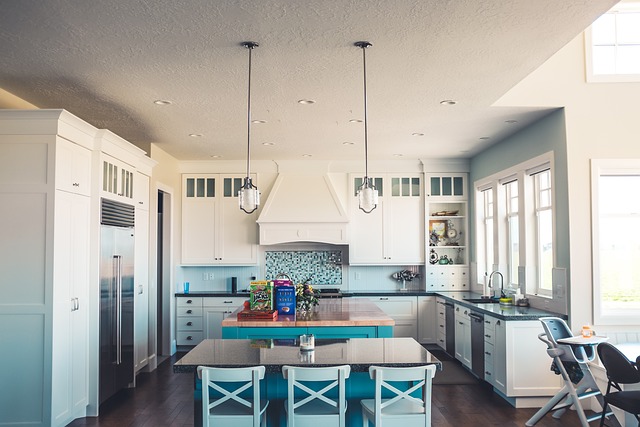
In professional kitchen design, a wide range of countertop materials offers diverse styles, durabili…….

Granite, renowned for its natural beauty, durability, and unique veining patterns, is a top choice f…….